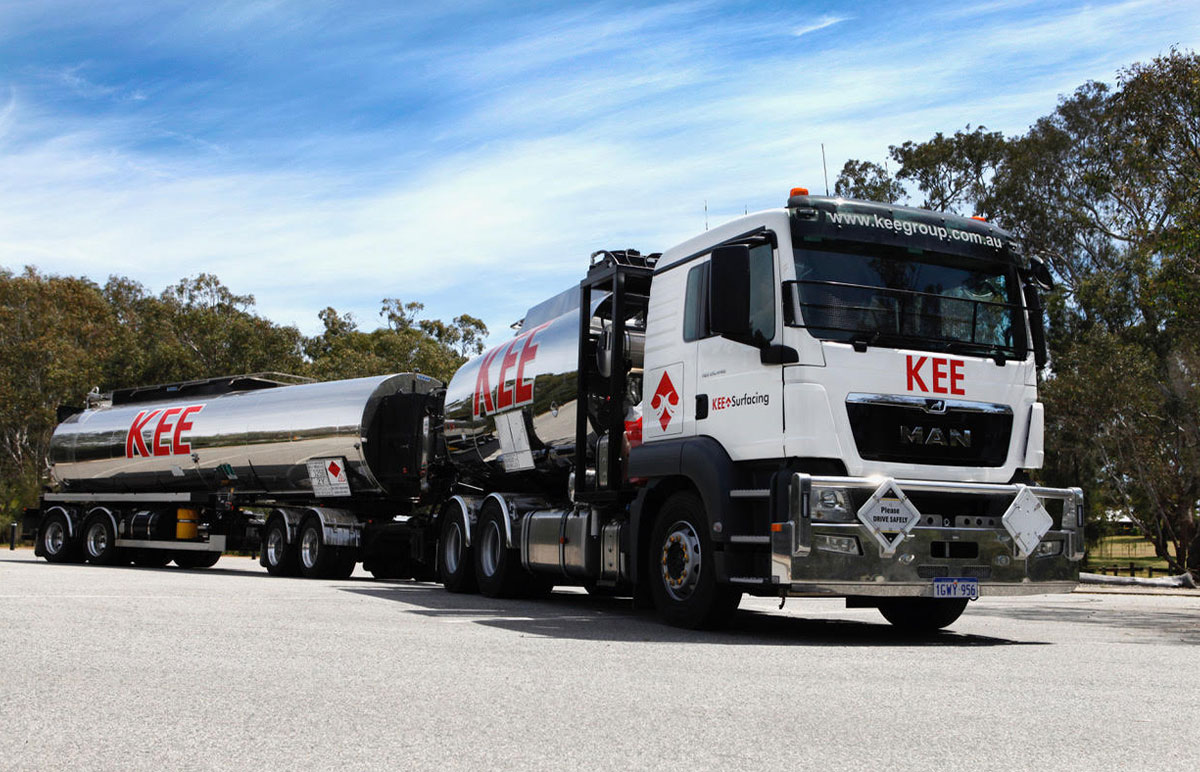
Understanding the Importance of Road Seals in Australia
In Australia and New Zealand, road seals are an integral part of the road infrastructure. Much of Australia is sparsely inhabited, with significant gaps between population centres. Developing outstanding skills in low-cost road construction and maintenance techniques has been necessary to provide a network of sealed roads. In New Zealand, a limited population base has fuelled the demand for low-cost road construction.
The Importance of Road Sealing in Australia’s Road System
The Australian road network spans 810,000 kilometres, with 330000 kilometres paved with sprayed sealants, concrete, or asphalt. As a result, in many rural locations, sprayed sealants are the preferred method of the surface.
Sprayed seal regions account for 70% of all paved roads in this regard. Sprayed seals are maintained in place by combining binders and aggregate, allowing them to cling to the underlying base and binder, rising and filling the space between the aggregates.
1. Minimises Wear and Tear on Vehicles
Uneven, broken, or pothole-filled roads pose a significant danger to drivers and pedestrians alike.
It’s not always possible to drive around a pothole, and if you ride or drive over one by accident, your tyres are very likely to sustain damage. This is a particular issue for people on motorbikes because it can cause them to tumble off their motorbikes and into oncoming traffic.
Driving over potholes repeatedly can wear down the suspension and produce uneven wear in cars, while pedestrians might trip and fall on uneven portions of the road.
2. Makes Travel Smoother and More Comfortable
Tyres have the best grip on a sealed road surface. When a vehicle is on the road, especially at high speeds, it will be easier to stop and direct the car back onto the road if the vehicle’s tyres can grip the adequately-sealed shoulder surface.
3. Improves the Appearance of the Road
Uneven and damaged roads appear unsightly, and they make road users insecure about the surface’s stability. When damage is left unrepaired, the area can become unpleasant for road users and appear unkempt, whether on a busy road, a residential street, or outside retail stores. Nobody wants to look out their windows and see a rocky road, much less drive on it!
The Road Sealing Process
- Before sealing, road cracks are mended with sealants to prepare the road surface.
- The road surface is subsequently sprayed with a mixture of asphalt and water. The water in this mixture evaporates almost instantly.
- A layer of gravel is laid over the area immediately after spraying the asphalt-water mixture.
- With rollers, the gravel is compressed and embedded into the asphalt. Sand is sometimes used to help in the consolidation and curing process. Some pebbles will not become incorporated in the asphalt despite the use of high-pressure rollers.
- While the water evaporates, the surface is left to cure for up to two days. The process speeds up during the summer, where the weather is hot and dry, so contractors prefer to work during the summer months. During the curing process, traffic can travel over this surface at reduced speeds.
- Finally, any loose gravel is scraped off the seal-coated surface. This requires multiple sweeps by a machine.
Conclusion
There’s no arguing that Australia’s road infrastructure requires continuous repair and improvements. Thankfully, road sealing can significantly improve and revitalise the functionality of our roadways.
KEE Group has several divisions under its surfacing umbrella. These include KEE Spray Seal, KEE Asphalt, KEE Profiling and KEE Bascourse Paving.
KEE Group is Australia’s most effective and unique civil and mining support service. We provide top-grade machinery for your projects at an affordable cost. If you’re looking to hire equipment in Perth, Albany and Port Hedland, don’t hesitate to contact us today!
IMAGE © Katharyn Quinn 2021


